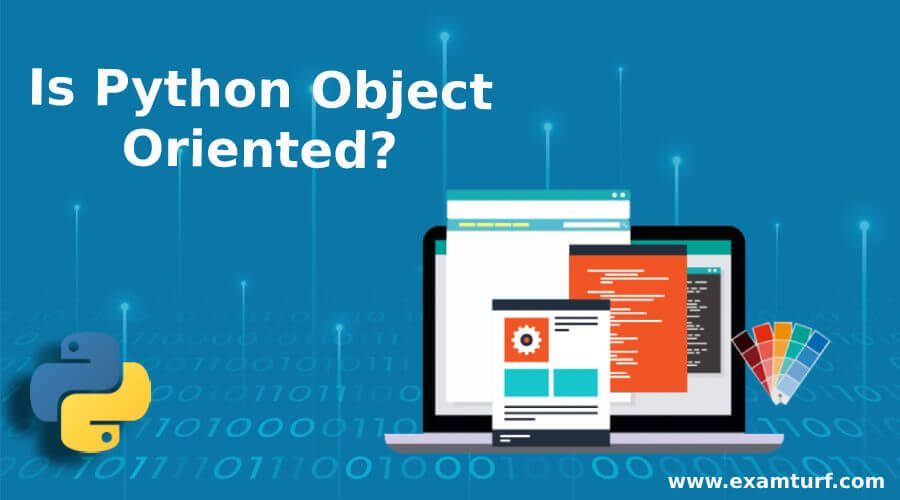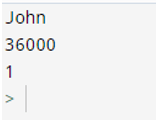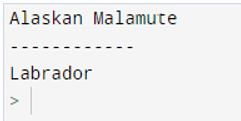
Introduction To Python Object Oriented
The following article provides an outline for Is Python Object Oriented? In the modern world, Python is one of the most popular languages compared to other languages. Python is a high-level, interpreted general-purpose coding language, and it’s become more popular among developers because of its simple syntax and easy-to-learn methodology, and it saves time in developing applications. Python is mostly used in web technology, for creating web applications. Python has a wide variety of libraries which makes the tasks easier. The topmost organizations are used python used as their primary language for coding and another purpose.
Key Takeaways
- Python is an associated object-oriented, high-level, coding language.
- In Python, the class is categorized as the blueprint.
- Polymorphism, Inheritance, and Encapsulation are the most important significant options of Object-Oriented Programming.
Is Python Object Oriented?
- Python is an object-oriented programming language, and object-oriented is a type of computer programming that uses a particular object to represent a specific method.
- This method has a unique approach in that it can create a reusable code as a substitute for an outmoded one.
- Every object is unique, each object represents a particular part of applications, and it’s having own data to communicate itself. Object-oriented programming is having two specific characteristics called attributes, and behavior.
- For example. If we take a bird as an object, then its color, age, the name is referred to as attributes, and its singing, and dancing are referred to as behavior.
OOP Features
OOP is a short form of Object Oriented Programming language, it has unique features that are given below:
- Encapsulation: Encapsulation is prevented data from modification directly, which restricts access and also ensures modularity in good code that keeps routines separate, which is helpful to conflict with one another.
- Inheritance: Inheritance is used to create a new class with the help of the existing class, generally, a new class is called a child class, and an existing class is called a parent class.
- Polymorphism: Polymorphism is a method used to create a common interface for multiple terms, for example, if we want to give the same color for different shapes, polymorphism can be used.
Examples of implementing Python
Given below are the different examples of python:
Example #1: Creating Classes
In Python, a Class is generally defined as an object blueprint. The python class is created by keywords, and it’s followed by the class name.
The syntax of class in python.
Syntax:
class ClassName:
'Optional class documentation string'
class_suite
In python, the class is combined with a documentation string which is used to access by using the class name. The class_suite contains fields, constructors, functions, etc.
An example of creating the class in Python is given below:
Code:
class Employee:
empCount = 0
def __init__(self, name, salary):
self.name = name
self.salary = salary
Employee.empCount =1
p1 = Employee("John", 36000)
print(p1.name)
print(p1.salary)
print(Employee.empCount)
Output:

Example #2: Creating Objects
Creating objects in python is helpful to access the various attributes which are used to generate new object instances of the particular class. The procedure of making the object in python is the same as a function call.
Following is the example of creating the object in python.
Code:
class Employee:
def __init__(self, name, salary):
self.name = name
self.salary = salary
def myempfunc(self):
print("Welcome " self.name)
p1 = Employee("John", 36000)
p1.myempfunc()
Output:

Example #3: Python Object Oriented
Python is an object-oriented programming language, using python, we can create classes and objects, and we can also access and modify variables, and even we can also delete the properties of a particular object. In the above, we can see create the class and object here, we can see how we can access and modify the variable inside the class.
Code:
class Dog:
breed = "Alaskan Malamute"
age = 10
d=Dog()
print(d.breed)
print("------------")
d.breed="Labrador"
print(d.breed)
Output:

Recommended Articles
This is a guide to Is Python Object Oriented? Here we discuss the introduction to python object-oriented, OOP features along with the examples and code implementation. You can also go through our other suggested articles to learn more –
Are you preparing for the entrance exam ?
Join our Python test series to get more practice in your preparation
View More